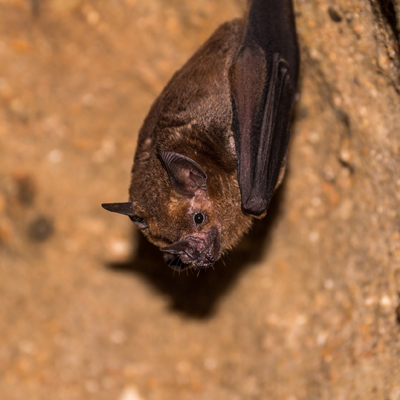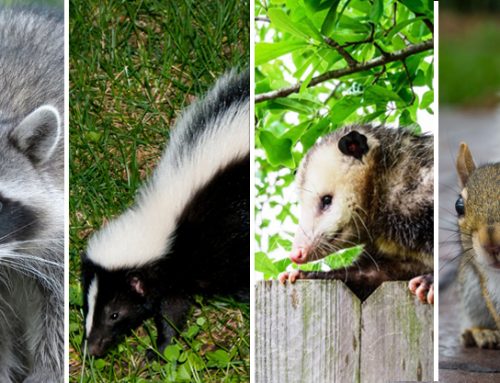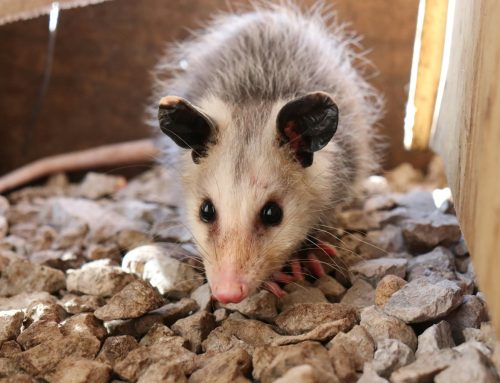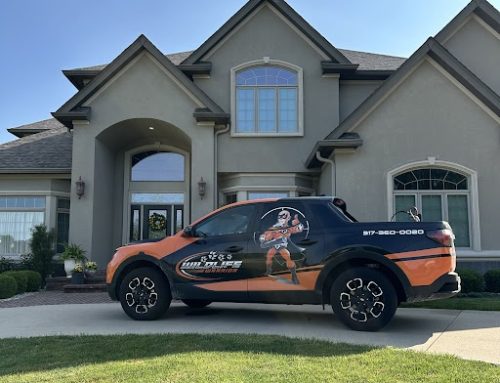Many homeowners mistakenly believe that a house inspection addresses every possible problem, despite its critical importance when purchasing or managing a property. Homeowners are left exposed to expensive repairs because typical house inspections fail to notice evidence of animal damage. Small animals such as raccoons, squirrels, and rats may wreak havoc in unseen ways until it’s too late. You may safeguard your investment by being aware of the symptoms of animal damage and the limits of house inspections.
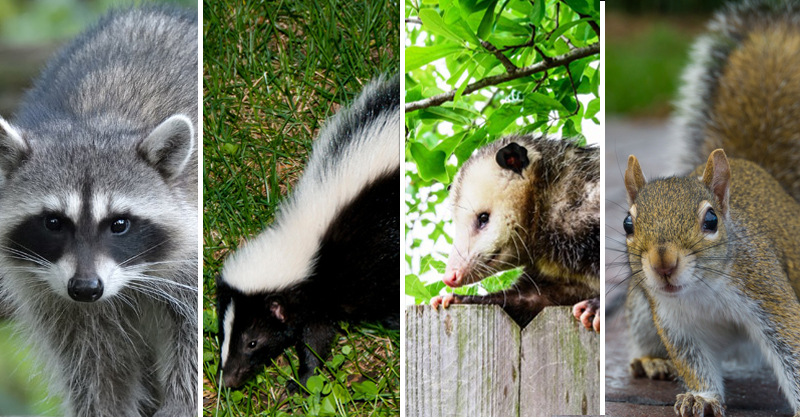
The Limitations of Standard Home Inspections
Scope of Typical Home Inspections
Structure, electricity, plumbing, and HVAC are the four main areas that house inspectors look for. Although inspectors have received training to assess these factors, they may not have the necessary knowledge to identify signs of animal harm. Due to the opacity of certain wildlife infestations, many indicators of animal activity go unnoticed during standard house inspections.
Commonly Missed Signs of Wildlife Intrusion
Home inspections are a lifesaver for many homeowners, but they often fail to notice indicators of animal damage. It is possible for inspectors to overlook nuanced signs like:
- Small entry holes in siding, roofing, or vents
- Chewed wiring or insulation
- Droppings, nesting materials, or unusual odors
- Scratching noises in walls or attics
Homeowners should think about getting a professional wildlife assessment if they see any of these symptoms, as they aren’t often included in a regular house check.
Common Wildlife Culprits and Their Impact
Rodents (Mice and Rats)
Rats and mice, among other pests, may nibble on electrical cables, which can lead to fires. The germs and viruses they shed in their droppings are another potential threat to human health.
Squirrels
When squirrels get into an attic, they will gnaw on the insulation and beams made of wood. Their relentless chewing eventually weakens structures.
Raccoons
Raccoons may get into attics and rip through roofing materials with ease. In their pursuit of suitable nesting sites, they often wreak havoc on ducts, walls, and insulation.
Bats
Bat infestations can remain hidden for quite some time. Guano, their excrement, builds up in attics and, if left unattended, may aggravate respiratory problems.
Birds
Blockages caused by bird nests in vents, chimneys, and gutters may lead to structural damage from water pooling over time.
Signs of Wildlife Damage Home Inspectors Might Overlook
Structural Damage
Chewing on structural components like walls, beams, and cables may cause long-term issues that a regular house inspection would miss.
Exterior Indicators
Verify that there are no missing shingles, broken vents, or spaces around the doors and windows. These might be openings that animals utilize to get into your house and do harm.
Yard and Garden Clues
The existence of moles or skunks, or other burrowing creatures, might be shown by holes in the grass, ripped flower beds, or strewn garbage.
The Importance of Specialized Wildlife Inspections
Benefits of Hiring a Wildlife Damage Specialist
The ability to detect even the most subtle indications of animal activity sets a wildlife damage expert apart from the average house inspector. If homeowners can catch pest problems early, they can stop infestations from becoming worse and save money on repairs.
Regular Maintenance and Monitoring
If you want to catch problems before they become worse, schedule wildlife checks once a year. Wildlife management specialists may inspect your property for possible access points and provide suggestions for warding off pests.
Preventative Measures Homeowners Can Take
Sealing Entry Points
Find and fix any external cracks, holes, or gaps that animals may use to get into your house.
Proper Waste Management
Keep pet food indoors, away from animals, and in containers with secure lids.
Landscaping Practices
Eliminate possible nesting sites near your roof or attic by trimming branches that dangle over your house. Keep bird feeders far from your home if you would like not to deal with pests.
What to Do If You Suspect Wildlife Damage
Documenting Evidence
Document any evidence of animal damage, including bite marks, droppings, or entrance sites, by taking pictures and making notes. Experts may use this info to determine how serious the situation is.
Contacting Professionals
Licensed wildlife removal specialists should be contacted upon discovering any indications of wildlife harm. They may remove the animals in a safe and compassionate manner and provide advice on how to stop them from coming back.
Repair and Restoration
After removing the animals, fix any damage they may have caused to avoid problems in the future. To make your house safe and comfortable again, repair any entrance ways, clean up the affected areas, and replace any damaged insulation.
What Home Inspectors Miss Could Cost You Thousands—Be Prepared
A house inspection is a must-have for every homeowner, but it could miss signs of animal damage that the owner is unaware of. In order to take preventative measures to safeguard your house, it is important to know what to look for and how limited typical home inspections are. To avoid expensive repairs and ensure the safety of your property from unwanted animals, it is advisable to invest in a wildlife damage assessment and implement preventive measures.
Do not wait for the situation to get worse before taking action if you suspect animal harm in your house. To ensure the safety of your house, Wildlife Warriors offers professional wildlife removal and preventive services. Let our crew safeguard your home against pesky pests by scheduling an inspection now. Right now, give us a call for consultation!

